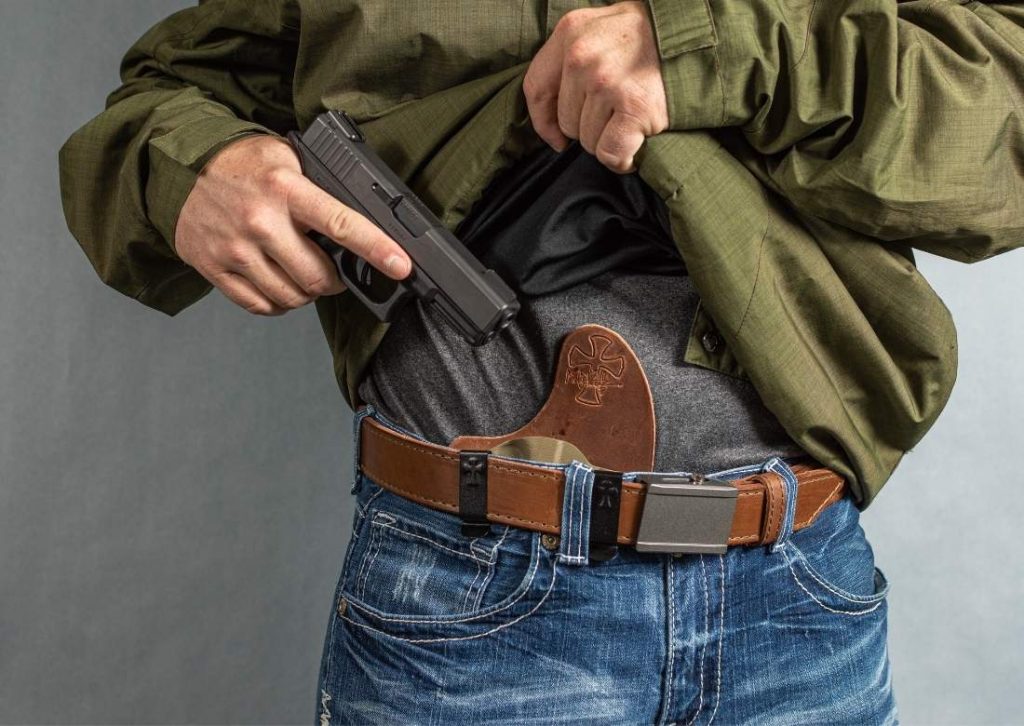Preparing to carry a gun means a lot more than simply purchasing a firearm and getting your permit (or not in permitless states — up to you, although there are clear advantages to having a permit). It’s a series of lifestyle choices that completely transform many areas of your everyday world. It demands careful planning and consideration. What else is there besides buying a gun?
Lifestyle Mindset
The very first consideration when living the concealed carry lifestyle is that it’s exactly that, a lifestyle. It’s not something you do occasionally, only when you feel like it, such as when you go into a “bad neighborhood.” (What constitutes a “bad neighborhood”?) It’s something you do every single day without fail. Carrying your gun should be as natural as carrying your wallet, keys, or cell phone. Add your gun to your everyday carry (EDC) as part of something you do every time you walk out the door. Make a conscious effort to not leave the house without your gun. Do you know where or when you’ll find yourself in a spot where you’ll need your gun to defend yourself? Life doesn’t come with a soundtrack or movie lighting to tell you when the shootout is about to begin. It just happens. And if you left your gun at home, there’s a real good chance you won’t make it out alive. Everyone thinks, “Oh, that’ll never happen to me”…until it does.
Choosing the Right Firearm
The cornerstone of any concealed carry lifestyle is selecting the right firearm. The market offers a plethora of options, each with its own set of advantages and disadvantages. When deciding, consider factors such as size, weight, caliber, and capacity. Compact and subcompact pistols are popular choices for concealed carry due to their ease of concealment, but it’s crucial to balance size and shootability.
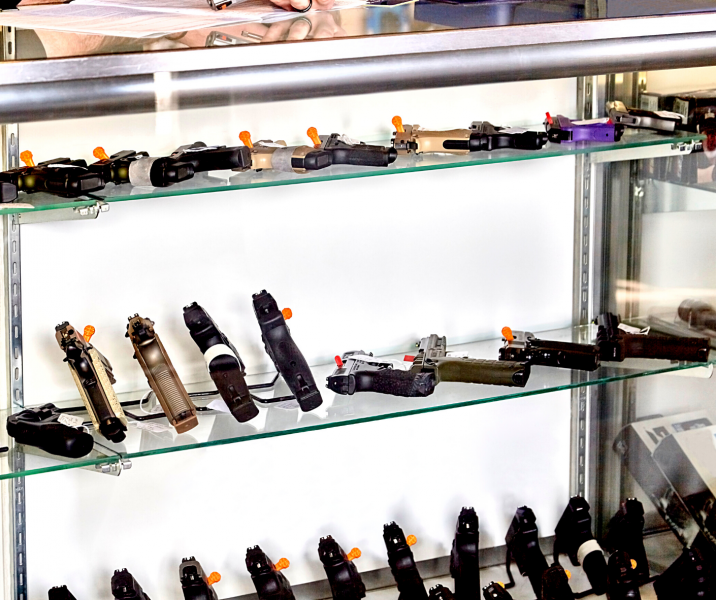
Research different calibers to find one that suits your comfort level and proficiency. While stopping power is important, handling and controlling the recoil effectively is equally crucial. A common choice for concealed carry is 9mm due to its manageable recoil and reliable stopping power. However, personal preferences vary, so spend time at the range testing different options to find the one that feels right for you.
Tactical Considerations
Concealed carry goes beyond merely having a firearm; it involves understanding and implementing tactical considerations. Awareness of your surroundings is key. Always stay vigilant and assess potential threats. Avoidance is often the best strategy, so be mindful of your environment and make informed decisions about where you go and when.
Additionally, consider implementing the Color Code of Awareness, a system developed by renowned self-defense expert Jeff Cooper. This code ranges from Code White (unaware and unprepared) to Code Red (actively engaged in a potential threat). Adopting this mindset enhances your ability to recognize and respond to potential dangers.
Training: The Foundation of Competence
Owning a firearm is a responsibility that requires regular and thorough training. Specific concealed carry training is essential, even for experienced shooters. Seek out reputable training courses that cover topics such as drawing from concealment, engaging threats at close quarters, and situational awareness.
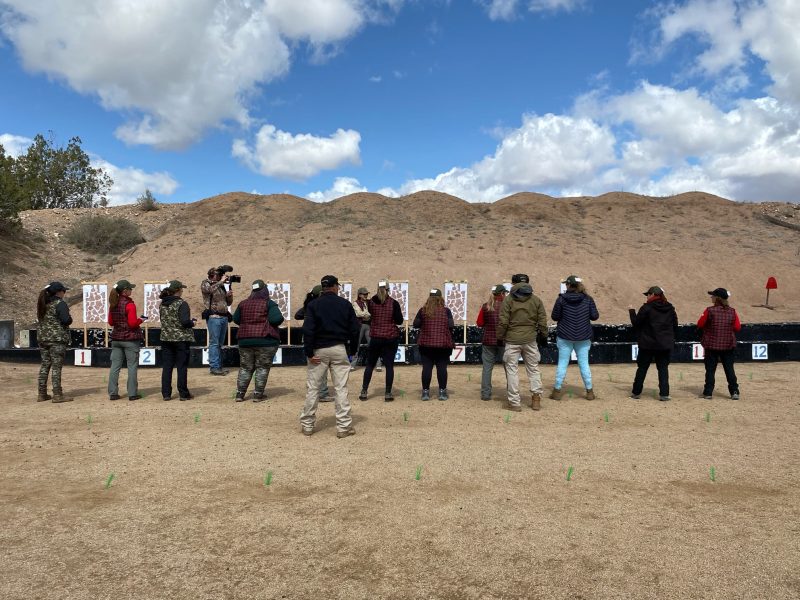
Continuous practice is crucial to maintaining proficiency. Regular trips to the range, dry-fire exercises at home, and scenario-based training can improve your skills. Additionally, consider seeking advanced training from qualified instructors specializing in concealed carry techniques.
One of the most overlooked yet critical training drills is drawing from concealment. You can’t win a gunfight if you can’t get your gun into the fight. Practice clearing your cover garment and getting your gun out smoothly. None of this requires any ammo, so empty your gun, store the ammo in another room, and follow all the safety rules. Run this drill slowly at first, and then introduce speed once you master the motion. You can’t practice this enough. Do it again and again.
Wardrobe Choices for Concealed Carry
Effectively concealing a firearm requires thoughtful wardrobe choices. Clothing that is too tight can print the outline of the gun, while overly loose clothing may hinder your ability to draw quickly. Invest in quality, purpose-designed holsters that cater to your preferred carry method, whether inside the waistband (IWB) strongside hip, outside the waistband (OWB), or appendix carry.
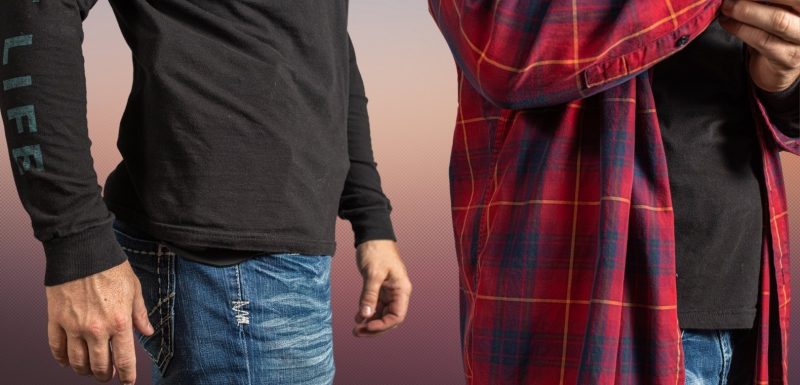
Consider your daily activities when planning your wardrobe. A cover garment, such as an untucked shirt or jacket, can help conceal your firearm effectively. Explore different options for holsters, such as hybrid holsters that combine leather and Kydex, to find what works best for your body type and comfort level.
Legal and Ethical Considerations
Understanding the legal and ethical aspects of concealed carry is paramount. Research and familiarize yourself with local and state laws regarding concealed carry permits, where you can carry, and the use of lethal force. Ignorance of the law is not a valid defense, so stay informed and regularly update yourself on any changes in legislation.
Furthermore, adopting a responsible and ethical mindset is crucial. Concealed carry is a tool for personal protection, not a license for aggression. Developing de-escalation skills and understanding when to use force are essential to responsible firearm ownership.
Parting Shots
Planning your concealed carry lifestyle is a multifaceted endeavor. By approaching concealed carry with diligence and respect for its responsibilities, you can ensure that you are well-prepared to protect yourself and your loved ones while maintaining a safe and responsible lifestyle. Remember, being a responsible concealed carrier requires a continuous commitment to learning, training, and adapting to new situations as they arise.
ABOUT THE AUTHOR:
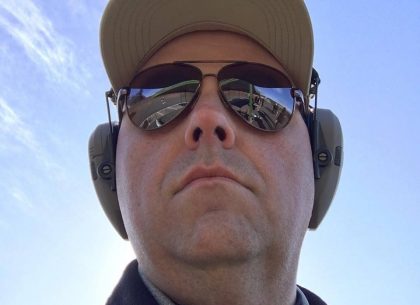
David Workman is an avid gun guy and a contributing writer to several major gun publications. As an NRA-certified instructor, David trains new shooters on basic handgun skills and CCW requirements and is a strong advocate for training as much as possible. “Real-life shootouts don’t happen at a box range.”
![]() You may also enjoy these popular articles:
You may also enjoy these popular articles:
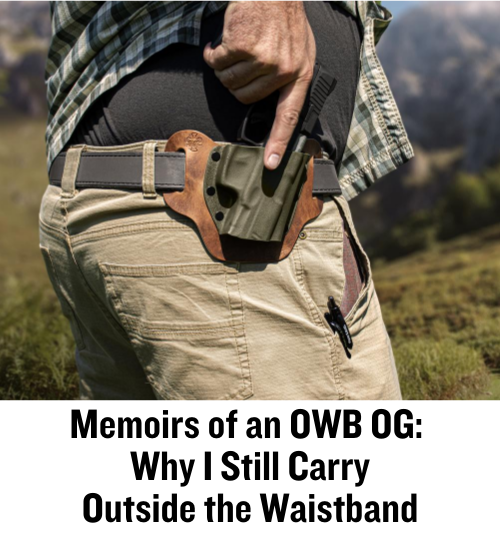
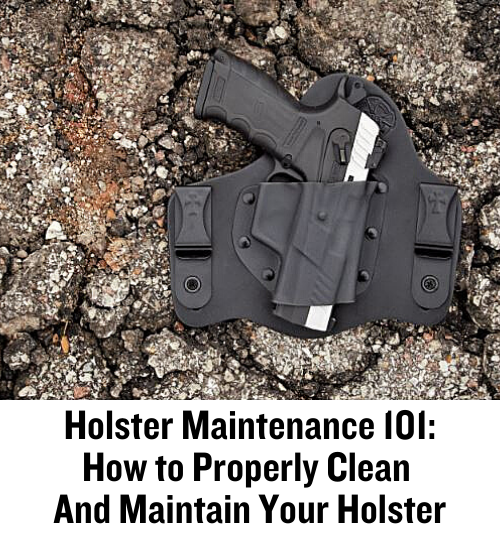
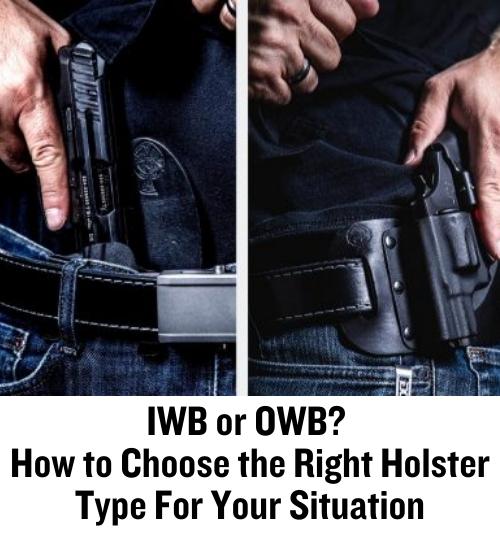

©MTC Holsters, LLC and CrossBreed Holsters Blog, 2023.
Unauthorized use and/or duplication of this material without express and written permission from this site’s author and/or owner is strictly prohibited. Excerpts and links may be used, provided that full and clear credit is given to David Workman and the CrossBreed Blog with appropriate and specific direction to the original content.

